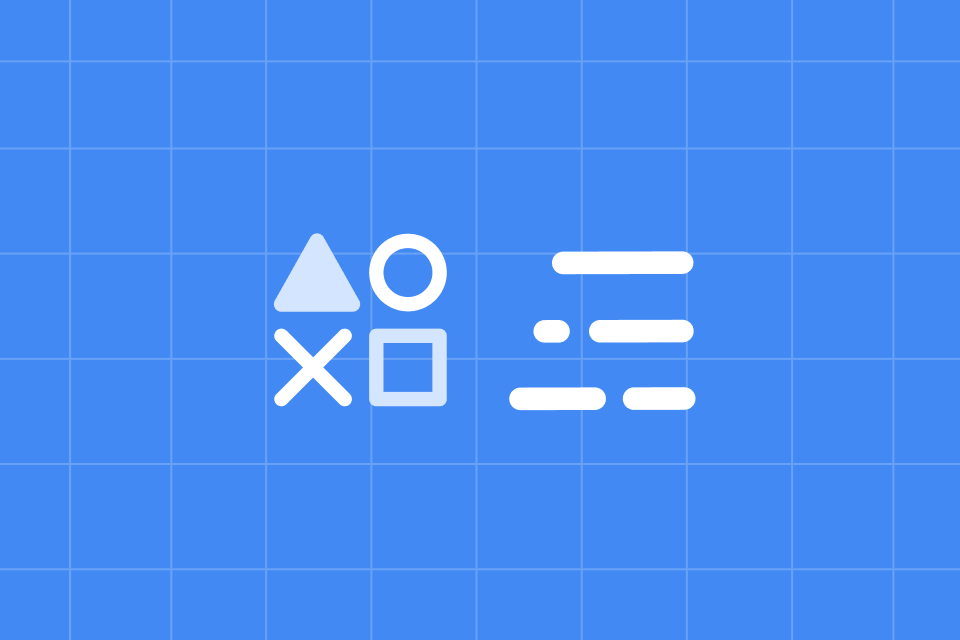diaphragm
肺
横膈膜
气管
心脏
lungs
气管
支气管
肺
脑
larynx
咽
喉
气管
食道
肋间肌
intercostal muscle
fibrous part of the diaphragm
muscular part of the diaphragm
ribs
气体交换
Cellular respiration
Gas exchange
Oxygenation
Carbon dioxide removal
bronchus
支气管
肺泡
气管
咽喉
the small tubes in the lungs that branch off from the bronchi
Alveoli
Bronchioles
Capillaries
Trachea
hemoglobin
A type of cell that digests food
A protein that carries oxygen in the blood
A part of the brain that controls breathing
A gas that moves through the alveoli
respiration
The physical movement of air in and out of the lungs
The biochemical process of releasing energy from glucose
The circulation of blood through the body
The storage of oxygen in the lungs
胸腔积液
pleural fluid
alveoli
pleural membrane
bronchioles
呼吸系统
Digestive system
Circulatory system
Respiratory system
Nervous system
inhalation
The movement of oxygen into the lungs
The movement of carbon dioxide out of the blood
The contraction of the heart
The release of air from the lungs
exhalation
The process of inhaling oxygen
The removal of air from the lungs
The exchange of gases in the alveoli
The diffusion of oxygen into the blood
What does the term "gas exchange" refer to?
The movement of food particles in the intestines
The exchange of gases between the air and blood in the lungs
The process of blood clotting
The removal of solid waste from the body
Which of the following structures is the site for gas exchange in the human respiratory system?
Trachea
Bronchi
Alveoli
Bronchioles
Which of the following terms refers to the windpipe?
Bronchioles
Diaphragm
Alveoli
Trachea
What is the purpose of the cilia in the trachea and bronchi?
To filter and warm the air
To secrete mucus
To trap dust and microbes in mucus and move them away from the lungs
To exchange gases with the blood
What is the role of the diaphragm during inhalation?
It relaxes, pushing air into the lungs
It contracts and becomes flattened, increasing the volume of the chest cavity
It contracts and moves upward, decreasing lung volume
It stays still
Which gas is transported by red blood cells from the lungs to the body's tissues?
Carbon dioxide
Nitrogen
Oxygen
Water vapor
Which of the following happens during exhalation?
The diaphragm contracts
The rib moves upward
The volume of the thoracic cavity decreases
The intercostal muscles contract
How does oxygen primarily travel through the bloodstream?
Dissolved in plasma
Bound to red blood cells’ hemoglobin
Attached to white blood cells
As oxygen gas in the blood
In humans, how does the body prevent food from entering the trachea during swallowing?
The epiglottis covers the trachea
The diaphragm contracts
The ribcage moves upward
The alveoli close
Which of the following correctly describes the path of oxygen from the external environment to the blood?
Nose → Trachea → Bronchi → Alveoli → Blood
Nose → Alveoli → Bronchi → Trachea → Blood
Bronchi → Trachea → Alveoli → Blood → Nose
Blood → Alveoli → Trachea → Nose → Bronchi
How is carbon dioxide transported from body tissues to the lungs?
Attached to red blood cells' hemoglobin
Dissolved in plasma or as bicarbonate ions
Bound to platelets
Released directly into alveoli

